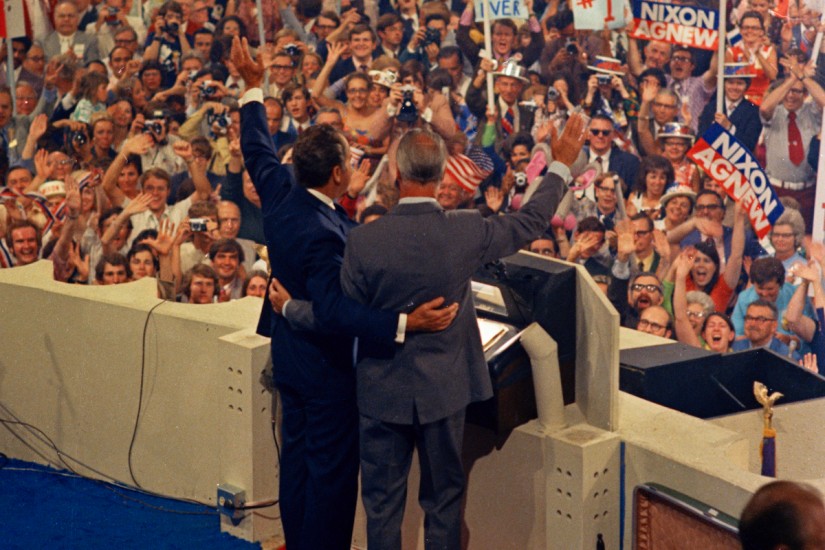Within the first two months after Nixon’s inauguration, conservative discontentment with the direction of his administration grew. Appointments of conservatives to executive staff or advisory roles were few and far between. Buchanan, special assistant to the president and one of Nixon’s top speechwriters, was an exception. As he writes in his memoir Nixon’s White House Wars, he was worried from the start of Nixon’s first term about increasing right-wing dissatisfaction and the risk of an ideological schism within the GOP.
When Buchanan brought his concerns to Nixon, the president simply wrote off those conservatives. In an internal memo about Ashbrook, he stated, “We can’t hold him; the cost is too high.”
Over the next two years, Nixon would dash conservative hopes. He came out publicly against coercive desegregation, but his opposition ended far short of using executive action to end it. His domestic policy advisors, first Daniel Patrick Moynihan and then John Ehrlichman, favored welfarism and redistributive measures like the Guaranteed Annual Income. He ignored the federal government’s budget constraints and ran huge deficits. He used rudimentary, destructive measures like wage and price controls in an attempt to forestall stagnation and inflation.
The Nixon administration’s foreign policy was amenable to movement conservatives at first. Nixon resisted defeat in Vietnam and struck back at the liberal media establishment that he viewed as having undercut U.S. efforts there. His controversial Cambodian incursion succeeded in cutting off segments of the Ho Chi Minh Trail and reduced the rate of U.S. casualties in South Vietnam for the rest of the war. But under the guidance of Henry Kissinger, he initiated détente with the Soviets and, most crucially, abandoned the Republic of China, based in Taiwan, to seek accord with the communist mainlanders. All of this rubbed conservatives the wrong way.
But it was Nixon’s announcement on July 15, 1971 that he would go to Peking within the next year that ultimately dynamited the rift already forming between him and the Republican Right. Subsequently William F. Buckley, Jr. called a meeting of conservative heavyweights at his Manhattan townhouse. This assembly, later dubbed “the Manhattan Twelve,” included such notables as Rusher, James Burnham, and Frank Meyer, and also political staffers from the American Conservative Union and Young Americans for Freedom. They issued a manifesto declaring a “suspension of support” for Nixon in the 1972 presidential election and entertained the possibility of a conservative primary challenger.
